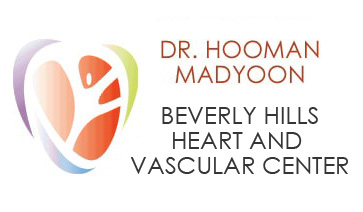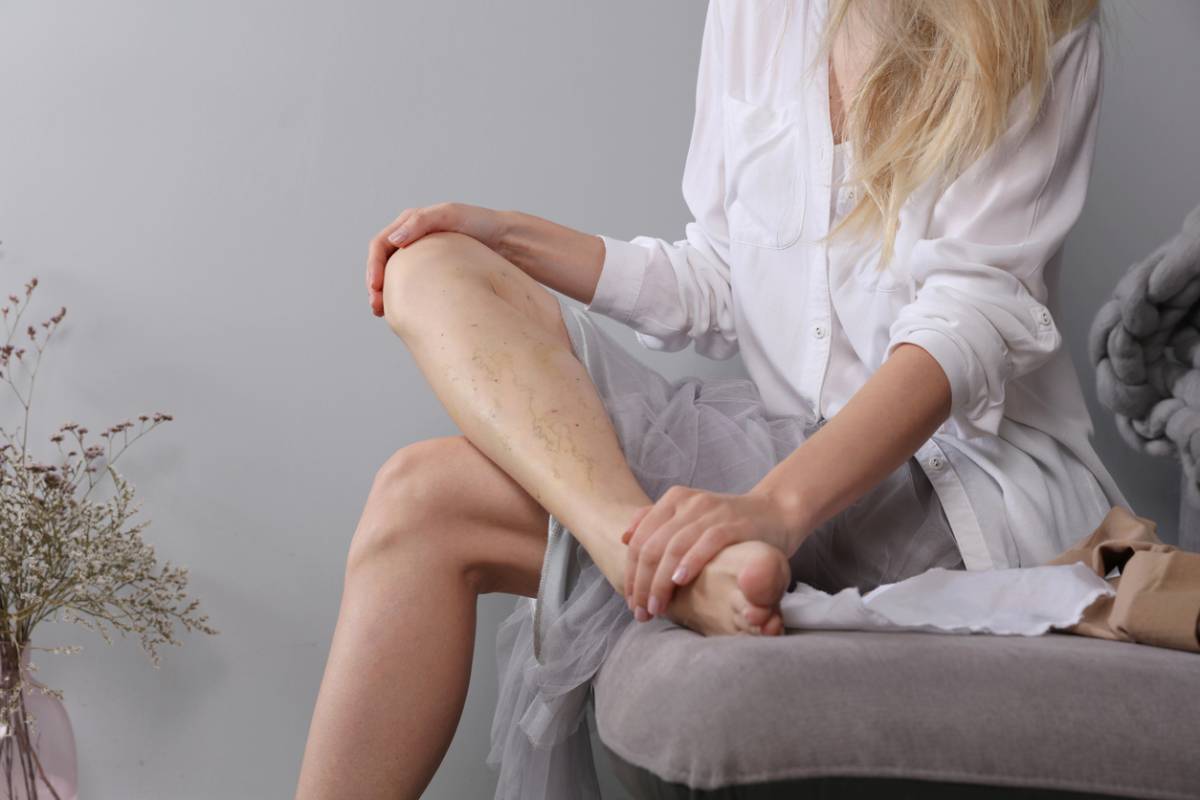Can leg veins cause pain? Varicose veins result from damaged valves that allow some blood to pool rather than flowing smoothly along the normal pathways. The damage and pooled blood gives these veins their enlarged and twisted appearance. Fortunately, many patients don’t suffer from any discomfort as a result of these veins.
Their appearance may be unpleasant, but they’re generally harmless. That being said, there are some exceptions, and pain can be a serious indicator that you need to pay a visit to the best cardiologist in Los Angeles.
Can Your Leg Veins Cause Pain?
The vast majority of people will never experience symptoms in relation to their varicose veins, but the ones who do should seek medical treatment as soon as possible. The most common symptoms associated with problematic varicose veins are:
- Heavy, aching limbs
- Muscle cramps
- Throbbing or burning sensation in the affected area
- Swelling at major junctions, usually your calves and ankles
- Pointed discomfort near a collection of varicose veins
All of these symptoms indicate that blood flow is being reduced or interrupted. You may notice that your symptoms are worse on warmer days and after staying in one position for too long. If you’re noticing any of these symptoms, then you should meet with your local cardiologist because improper blood flow could have serious repercussions for your overall health.
Complications from Varicose Veins
As stated previously, it is rare for varicose veins to result in a serious condition. However, it can happen, and discomfort is the earliest indicator of a possible complication. For the most part varicose veins are linked to three complications:
- Ulcers on the skin near the damaged veins
- Clotting when the enlarged veins are deep within the legs
- Bleeding when the enlarged veins are too close to the surface
All of the conditions require immediate medical attention, so it is better to nip potential complications in the bud long before they have the chance to become dangerous. The best way to do this is to arrange an appointment with your cardiologist.
Meeting with Your Cardiologist
If you’re dealing with varicose veins or any other cardiovascular conditions, then it’s important to meet up with your cardiologist regularly. By doing a basic check-up with the occasional CT scan or angiogram, your cardiologist will be able to keep an eye on your heart, arteries, and veins.
Adults over the age of 20 who do not have any concerning family history or existing personal risk factors should see a cardiologist every four to six years. If you or a family member has a history of high blood pressure, high cholesterol, heart disease, or any other serious cardiovascular condition, then your doctor will suggest visiting your cardiologist at more frequent intervals depending on the severity of your condition or family history. Fortunately, you may be able to reduce these visits if you deal with your varicose veins first.
Treating Varicose Veins
The treatment for leg veins is surprisingly straightforward. Your cardiologist will choose one of three laser treatment options based on the extent and depth of your varicose veins. Options include:
- Radiofrequency Ablation
- Laser Vein Removal
- Foam Ablation
These treatments are all designed to shrink and seal the damaged veins from within, allowing your blood to flow through healthier, undamaged veins instead. Your cardiologist will then remove the damaged veins using a process called microphlebectomy. This minimally invasive procedure can erase the unsightly appearance of varicose veins as well as their health risks. All in all, your cardiologist can usually perform the entire procedure from prep to recovery in just a few hours.

